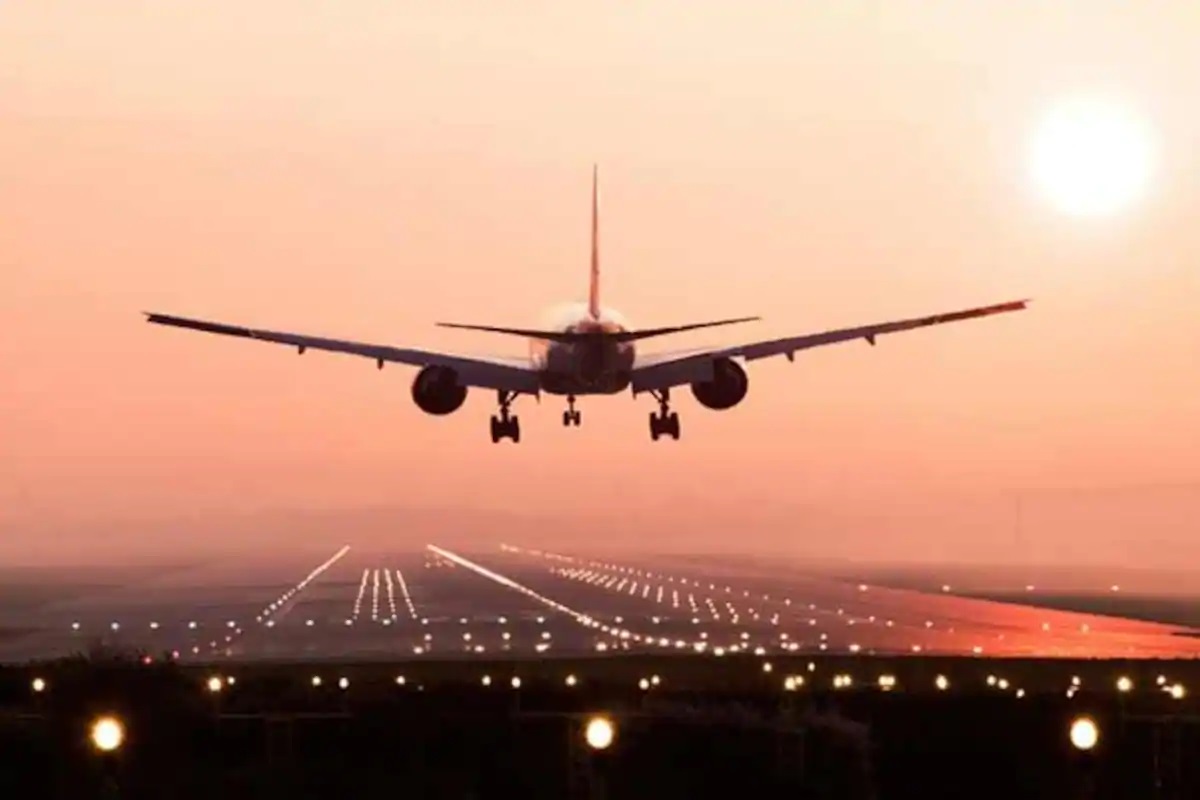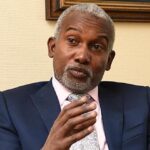Air travellers in West and Central Africa do so with tears due to bottlenecks created by African governments. For instance, a journey by air from Abuja to Douala in Cameroon, which shares borders with Nigeria, could take the traveller about 24 hours. This is because the passenger may be made to fly from Nigeria to Addis Ababa, then Guinea Conakry before arriving in Douala, a journey that should ordinarily take only one and a half hours. Also, a journey from Nigeria to the Central African Republic would take the traveller to Kenya in East Africa, before arriving in Bangui. Worse still, the cost of flying in the West Coast and Central Africa is as high as the cost of flying from, say, Nigeria to Europe
A recent investigation by Daily Trust revealed that as a result of the difficulty in flight connections, West African countries – comprising Benin, Burkina Faso, Cape Verde, Cote D’Ivoire, Gambia, Ghana, Guinea-Bissau, Liberia, Mali, Mauritania, Niger, Nigeria, Senegal, Sierra Leone and Togo – have remained isolated from themselves.
- Senior Secondary Commission to retrain teachers
- As China delays, FG shops for N5.9tr loan to deliver multiple rail projects
The report revealed that “Out of the 16 countries in the West Coast, only very few are connected by direct flights…Apart from Ghana to Nigeria with direct flight, either from Lagos or Abuja, other neighbouring countries cannot be easily accessed. Also, with the Togolese carrier, Asky, there is a direct flight to Lome, which takes about 50 minutes while Air Peace also connects Banjul in the Gambia; Freetown in Sierra Leone only on Sundays; Dakar in Senegal on Fridays and Mondays and Douala, Cameroon on Tuesdays, Thursdays and Saturdays.”
But the situation is different in North Africa, East Africa and Southern Africa, where there are multiple flights from one country to another at affordable fares. Apart from within sub-regional blocks, there is flexible and frequent air connectivity between East and Southern Africa, like Johannesburg, Addis Ababa, and Nairobi have developed their airports to serve as sub-regional hubs for air travel. Each of these countries has national carriers, with many aircraft of various sizes that fly to countries within their region frequently.
The president of the Association of African Start-ups (TAAS), Just Ibe, explained why air connectivity is very tedious in Africa. She said, “The reason it is difficult for us to access all the countries within the continent by air is because there are not enough carriers to these destinations and largely because they don’t think it is profitable.” Apart from the lack of carriers, the exorbitant taxes and charges levied on the few carriers that ply some of the routes make investment in West and Central African routes very prohibitive.
The situation is a challenge to the Economic Community of West African States (ECOWAS), as the difficulty in connecting one country to another resonates in the low volume of trade among ECOWAS countries. Within the sub-region, there is no rail service, and road transportation is hampered by border controls, and the corrupt activities of some customs and immigration personnel. The vision of free movement among ECOWAS member states has not been embraced, as some countries still erect different barriers that make entry into them very difficult.
West and Central African countries are so disconnected that social and cultural exchanges that should connect youths in arts and sports are scarcely in existence. Also, West Africans hardly go to neighbouring countries on tourism; they rather travel to Europe, Asia or America, very distant continents, on holiday, in spite of the fact that there may be more historical tourist sites in nearby countries. Under this situation, the main goal of ECOWAS, said to be “to promote economic cooperation among member states in order to raise living standards and promote economic development,” cannot be realized.
If other ECOWAS countries are laid back about activating air connectivity in the sub-region, Nigeria must take the lead in doing so. The starting point is for Nigeria to boost the aviation sector by either setting up a national carrier to ply many West and Central African routes, or giving support to any national airline which yearns to tap into the potential of connecting the sub-region. With its population of over 200 million, and penchant of Nigerians for travel abroad, government could develop the infrastructure that could transform Lagos, Kano, Abuja and other cities as West and Central African hubs for air travel.
This idea has been on the table for over a decade now, when the defunct Virgin Nigeria was established, but subsequent governments have not done anything to realize it. More Nigerians engage in international travels than Ethiopians, Kenyans or South Africans, but with government support, these countries have created air travel hubs, and built economies around their aviation sector. Nigeria can achieve the same feat, by easing the difficulties involved in flying within West and Central Africa. It is important for West Africans to be able to reach one another easily.

 Join Daily Trust WhatsApp Community For Quick Access To News and Happenings Around You.
Join Daily Trust WhatsApp Community For Quick Access To News and Happenings Around You.


